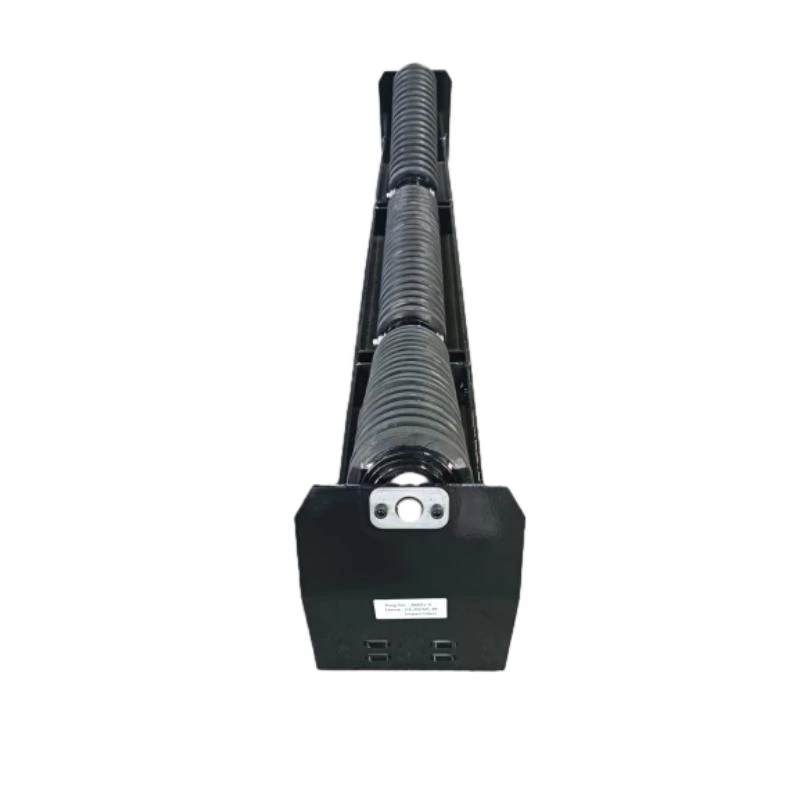 Afrikaans
Afrikaans  Albanian
Albanian  Amharic
Amharic  Arabic
Arabic  Armenian
Armenian  Azerbaijani
Azerbaijani  Basque
Basque  Belarusian
Belarusian  Bengali
Bengali  Bosnian
Bosnian  Bulgarian
Bulgarian  Catalan
Catalan  Cebuano
Cebuano  Corsican
Corsican  Croatian
Croatian  Czech
Czech  Danish
Danish  Dutch
Dutch  English
English  Esperanto
Esperanto  Estonian
Estonian  Finnish
Finnish  French
French  Frisian
Frisian  Galician
Galician  Georgian
Georgian  German
German  Greek
Greek  Gujarati
Gujarati  Haitian Creole
Haitian Creole  hausa
hausa  hawaiian
hawaiian  Hebrew
Hebrew  Hindi
Hindi  Miao
Miao  Hungarian
Hungarian  Icelandic
Icelandic  igbo
igbo  Indonesian
Indonesian  irish
irish  Italian
Italian  Japanese
Japanese  Javanese
Javanese  Kannada
Kannada  kazakh
kazakh  Khmer
Khmer  Rwandese
Rwandese  Korean
Korean  Kurdish
Kurdish  Kyrgyz
Kyrgyz  Lao
Lao  Latin
Latin  Latvian
Latvian  Lithuanian
Lithuanian  Luxembourgish
Luxembourgish  Macedonian
Macedonian  Malgashi
Malgashi  Malay
Malay  Malayalam
Malayalam  Maltese
Maltese  Maori
Maori  Marathi
Marathi  Mongolian
Mongolian  Myanmar
Myanmar  Nepali
Nepali  Norwegian
Norwegian  Norwegian
Norwegian  Occitan
Occitan  Pashto
Pashto  Persian
Persian  Polish
Polish  Portuguese
Portuguese  Punjabi
Punjabi  Romanian
Romanian  Russian
Russian  Samoan
Samoan  Scottish Gaelic
Scottish Gaelic  Serbian
Serbian  Sesotho
Sesotho  Shona
Shona  Sindhi
Sindhi  Sinhala
Sinhala  Slovak
Slovak  Slovenian
Slovenian  Somali
Somali  Spanish
Spanish  Sundanese
Sundanese  Swahili
Swahili  Swedish
Swedish  Tagalog
Tagalog  Tajik
Tajik  Tamil
Tamil  Tatar
Tatar  Telugu
Telugu  Thai
Thai  Turkish
Turkish  Turkmen
Turkmen  Ukrainian
Ukrainian  Urdu
Urdu  Uighur
Uighur  Uzbek
Uzbek  Vietnamese
Vietnamese  Welsh
Welsh  Bantu
Bantu  Yiddish
Yiddish  Yoruba
Yoruba  Zulu
Zulu Conveyor Roller Components and Their Essential Functions in Material Handling Systems
Understanding Conveyor Roller Parts An Essential Component of Material Handling Systems
Conveyor systems are an integral part of modern industrial operations, playing a vital role in the efficient movement of goods and materials across various sectors. At the heart of these systems are conveyor roller parts, which are crucial in ensuring that the entire conveyor operates smoothly and effectively. This article delves into the various components of conveyor rollers, their functions, and their significance in enhancing productivity and reducing operational costs.
What are Conveyor Rollers?
Conveyor rollers are cylindrical components that facilitate the movement of materials along a conveyor belt. They are positioned at specific intervals along the conveyor line to support the belt's surface. The rollers are typically made from durable materials such as steel, plastic, or rubber, depending on the application's requirements. Their primary function is to provide a frictionless surface for materials to glide over, thus minimizing resistance and wear on the conveyor belt.
Key Components of Conveyor Rollers
1. Roller Shell The outer part of the roller, known as the shell, is designed to withstand the weight and movement of materials. The shell's material and thickness can vary based on the intended use, with thicker shells suitable for heavy loads.
2. Axle The axle is a central rod that connects to the roller shell and allows it to rotate freely. It is typically made from steel for strength and durability. The axle must be precisely aligned to ensure smooth rotation, which is vital for maintaining the conveyor's efficiency.
3. Bearings Bearings are essential for reducing friction between the axle and the roller shell. They facilitate smooth rotation, allowing the rollers to operate effectively without excessive wear. High-quality bearings can significantly extend the lifespan of conveyor rollers, making them a critical consideration during maintenance and replacement.
4. End Caps These caps seal the ends of the roller and help protect the internal components from dust, debris, and moisture. They play a crucial role in preserving the functionality of the rollers by preventing contaminants from entering.
5. Mounting Brackets These components secure the rollers to the conveyor frame. Proper installation of mounting brackets is essential to ensure stability and alignment, which directly affects the performance of the conveyor system.
conveyor roller parts

Different Types of Conveyor Rollers
Conveyor rollers come in various types, each designed to cater to specific applications
- Gravity Rollers These are simple, non-motorized rollers that use gravity to move items downhill. They are often used in warehouses and distribution centers for sorting and accumulating products.
- Powered Rollers These rollers are driven by an external motor, allowing for controlled movement of goods. They are commonly used in manufacturing and packaging lines.
- Impact Rollers Designed to absorb high-impact forces, these rollers are used in applications where materials are loaded onto the conveyor with significant force. They protect the conveyor system from damage, enhancing its durability.
- Return Rollers Found on the return side of a conveyor system, return rollers support the belt as it returns to the loading area. They ensure that the belt remains aligned and operates smoothly.
Importance of Conveyor Roller Maintenance
Maintaining conveyor roller parts is essential for the overall efficiency of the conveyor system. Regular inspections and proactive maintenance can prevent unexpected breakdowns and extend the lifespan of the rollers. Common maintenance activities include lubricating bearings, checking for signs of wear and tear, and ensuring that all components are properly aligned.
Conclusion
Conveyor roller parts are fundamental to the functionality of conveyor systems across various industries. Understanding their components, types, and maintenance needs is crucial for ensuring optimal performance and efficiency in material handling operations. By investing in high-quality rollers and adhering to a robust maintenance schedule, businesses can enhance productivity, reduce downtime, and ultimately lower operational costs. Whether in manufacturing, logistics, or mining, the role of conveyor rollers cannot be overstated, making them a key consideration for any successful operation.
-
Revolutionizing Conveyor Reliability with Advanced Rubber Lagging PulleysNewsJul.22,2025
-
Powering Precision and Durability with Expert Manufacturers of Conveyor ComponentsNewsJul.22,2025
-
Optimizing Conveyor Systems with Advanced Conveyor AccessoriesNewsJul.22,2025
-
Maximize Conveyor Efficiency with Quality Conveyor Idler PulleysNewsJul.22,2025
-
Future-Proof Your Conveyor System with High-Performance Polyurethane RollerNewsJul.22,2025
-
Driving Efficiency Forward with Quality Idlers and RollersNewsJul.22,2025





























